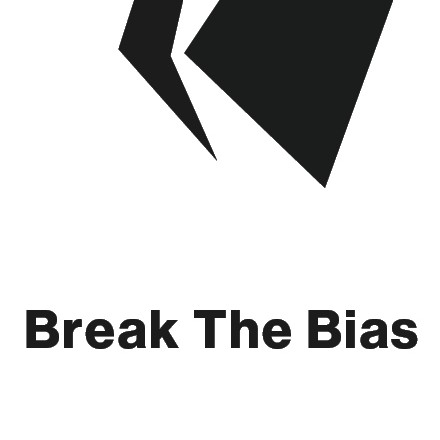New posters around the office will be advertising this quarter’s campaign, Break the Bias. They will be replacing the Bright Monday campaign and instead focus on self-improvement while looking at our thoughts and feeling objectively.
There five new posters in total, displayed around the Leeds office; if there are any you’ve missed you can view them here; they are available to be printed out and put on display. We hope the posters are thought-provoking, and prompt some challenging questions about ourselves and our actions. But what is bias and why do they need breaking?
Everyone has bias
Unconscious and implicit bias are inevitable, nothing to be ashamed of, and can affect your behaviour or decision without you realising. Unconscious biases are often based on mistaken, inaccurate, or incomplete information. It is possible to interrupt bias, and there are tactics you can to ensure workplace decisions aren’t being guided by them.
The many different bias include:
- Affinity bias
- Ageism
- Attribution Bias
- Beauty Bias
- Confirmation Bias
- Conformity Bias
- The Contrast Effect
- Gender Bias
- The Halo Horns Effect
- Name Bias
- Weight Bias
Each of these can be learned and research individually, however they all have the effect of altering our thoughts and actions unintentionally. It is important that we do not let these affect the workplace or people’s opportunities.
Bias Exercise
Performing bias exercises such as those illustrated within each poster will help us look inwardly and assess our own biases. Whether it be a company director, sobbing person in the corner or doctor, will all have an immediate picture that comes to our mind. We may then vary on what gender, age or ethnicity the picture includes and this quickly indicates a bias.
The key point to be made is that this bias is not right nor wrong, it’s just a picture. However we cannot let this see light within a work environment.
Knowing what your unconscious biases are is the first step to breaking the bias.
Breaking the bias
Biases are not equal and can have a significant negative impact on people’s lives. Small acts of bigotry such as verbal, physical and emotional violence are present everyday and have a huge effect on the outlook of society as a whole. They are merely the tip of the iceberg, revealing the larger problem that lurks below. Therefore, we must limit the potential influence of our biases.
Education is vital. We must be prepared to learn new things and educate ourselves in order to counteract our biases. This will help us break our bias and actively look at counteracting them.
Yet biases grow, develop and change over time, just as we overcome them. They often run contrary to our knowledge, beliefs and values. So we must be committed to tackling the problem of biases in order to overcome it.
Continued learning and development is key; we will then be able to stop biases before they develop and become embedded, ultimately unconsciously affect us in the workplace. We can do this through:
- Awareness – Acknowledging our assumptions
- Micro-affirmations – subtle acknowledgement of another’s value
- Empathy – learning about other’s wants and needs
- Exposure – mixing with a range of people
Perform our exercises today to start your journey to discovering and breaking your bias.






